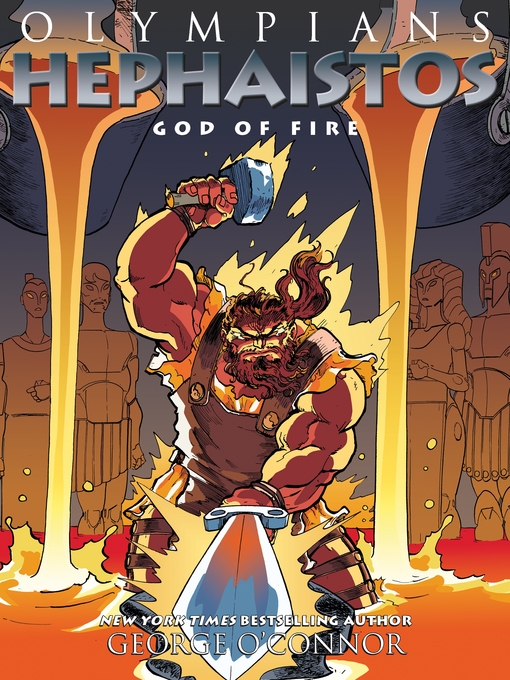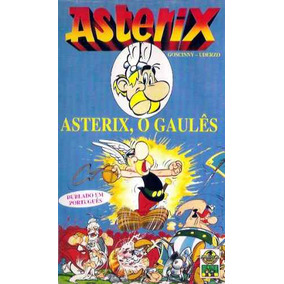
“His drawings were just dazzling,” Sen said. Sen had been following Sousanis’s blog, where he was updating readers on the progress of his dissertation. He says he also had trouble at first believing that Harvard Press editor was interested in his work. Sousanis sat on a panel in the fall that focused on mixing up the traditional dissertation format. His was the first doctoral dissertation at Teachers College produced completely in comics form. There is some recognition on his part, though, of the novelty of his achievement.

“This form was as meaningful and as complex and could handle as much academic discourse as anything else.” “Maybe it was naïve on my part, but I thought, ‘why not?’” Sousanis said. Like other comic makers before him, he saw the potential for teaching with a new medium. When he got to Columbia, he pitched the idea of comics, saying that he could make complex arguments through that medium that he couldn't with words alone. While running a magazine with his brother and writing about the Detroit art scene, he fell back into an old habit of drawing comics. He studied math as an undergraduate at Western Michigan University and has an interdisciplinary master’s degree in math and art from Wayne State University, where he also earned a master's in fine arts. Sousanis says he kind of stumbled into the school of education at Columbia. a pathway to sharing with others what one is learning?” Vinz told Sousanis to take risks, trust his talents and not let form get in the way of substance.Īs Vinz asks, “Is the dissertation a ‘pathway’ to a degree or a pathway to further understanding, meaning and knowledge. His major goal wasn’t to disrupt the typical dissertation format, but instead to create meaning the best way he could. With Sousanis, it was clear to him and his advisers that his knowledge was best expressed in visual form, Vinz said. Instead, a dissertation should represent the way a particular person makes meaning and wants to spread knowledge with others, said Vinz, who’s a professor of English education at Teachers College. The format can be so inflexible that it’s not unheard of for advisers to pull out rulers to measure page margins.īut there’s a growing recognition that the dissertation shouldn’t be one size fits all any longer.Ī dissertation shouldn’t be viewed as a hoop to jump through driven by institutional requirements, said Ruth Vinz, Sousanis’s main adviser. The centerpiece of doctoral education, the dissertation has remained largely unchanged for the past several generations. They’re meant to explore new scholarship and give readers fresh ways of thinking about intellectual ideas. “I feel like this book does that for me, and I really hope it does for others, too.”Īfter all, that’s why university presses exist, she said. “That pushes us intellectually, cognitively,” she said. The book makes your brain work on two planes, almost bilingually, she said. You absorb it sequentially, but also all at once, said Sharmila Sen, Sousanis’s editor at Harvard University Press.

He does all this with a combination of words and images.

He describes history of image through the philosophies of Plato, Descartes, Francis Bacon and Herbert Marcuse. Sousanis explains the science of perception through the discoveries of Eratosthenes and Copernicus. The very word - the title of Sousanis’s book - is defined as using multiple vantage points to create new ways of seeing. In that case, consider Unflattening a wake-up call, an attempt to disrupt the status quo. So much so that our reliance on the written word, like any other kind of dominant perspective, is so pervasive that we don’t even realize our role in perpetuating it, Sousanis argues. Sousanis’s book is both a demonstration and defense of the power of visual literacy.įor centuries, words have been considered the superior currency of intellect. Next month, Harvard University Press will publish the book, the first time the press has printed a comic. in interdisciplinary studies last year from Teachers College Columbia University, where he produced his dissertation entirely in comics form. “It might be easier if I drew you a picture,” Sousanis says with a laugh.Ī fitting way to sum up his work, since, as Sousanis is fond of saying, his comics are smarter than he is. Then the images came first? Not exactly, he says. They came at once, reinforcing and advancing each other, leading to research and then revisions, the pages almost taking on a life of their own. Ask Nick Sousanis to explain how he wrote his new book, and you’ll get less a rigid recipe than a fuzzy description.ĭid the words come first? No.


 0 kommentar(er)
0 kommentar(er)
